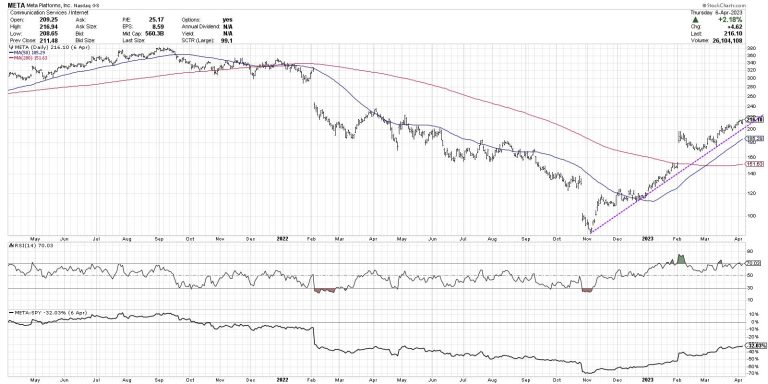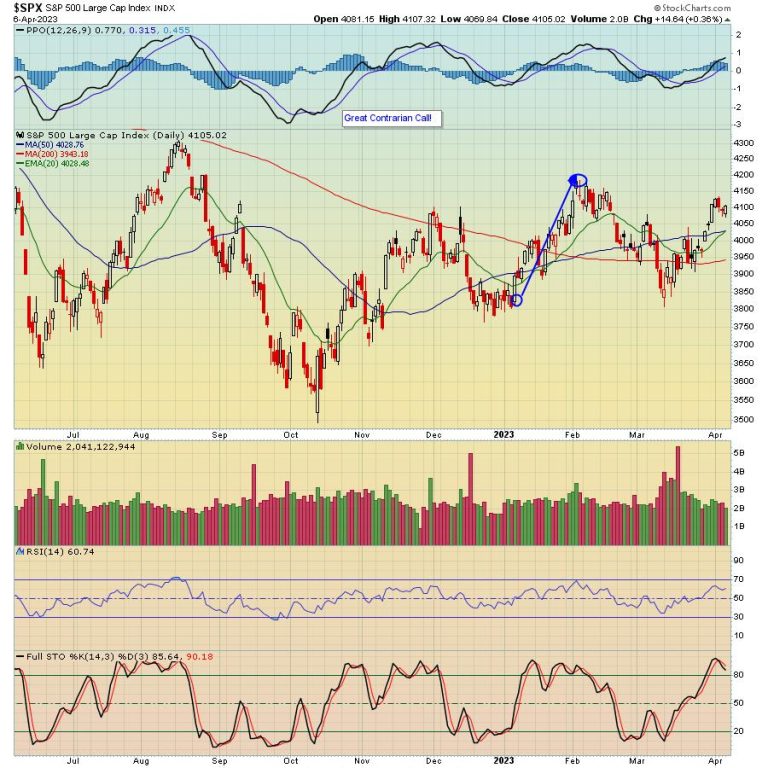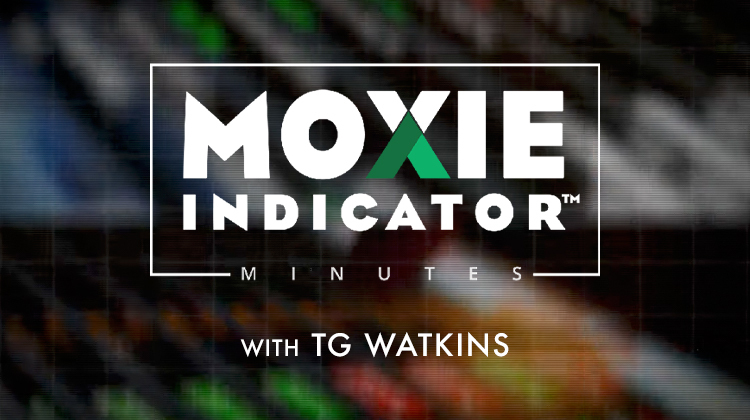Wisconsin wildlife officials on Friday released thousands of public comments on a new wolf management plan, some calling for the restoration of a statewide population limit and others urging a total hunting ban.
Department of Natural Resources in November released a draft of its first new wolf management plan in almost 25 years. It would eliminate the existing 350-animal population goal and recommends instead that the DNR work with local advisory committees on whether to reduce local wolf populations, keep them stable, or allow them to grow.
The window for submitting comments on the draft plan ended Feb. 28. The DNR posted about 3,500 redacted comments on its website Friday afternoon.
The comments broadly reflected all sides of the long-running debate over how to best handle the growing number of wolves in Wisconsin. DNR estimates released in September put the statewide population at about 1,000 animals.
Northern Wisconsin farmers have long complained about wolves preying on livestock. Hunters have pointed to the 350-animal number as justification for setting generous quotas during the state’s fall wolf season. Animal advocates counter that the population still isn’t strong enough to support hunting.
Several government entities in rural Wisconsin, including the Douglas, Marathon and Jackson county boards, submitted boilerplate resolutions to the DNR calling for the agency to restore the 350-animal goal, arguing that nothing has changed to warrant its elimination.
Hunting groups, including the Wisconsin Bear Hunters Association and Safari Club International, also called for the agency to restore the 350-wolf goal.
‘Without setting a definitive guideline on which to base discretionary management decisions, any effort to stabilize or even reduce the wolf population will be questioned and likely challenged,’ Safari Club International President Sven Lindquist said in a letter to the DNR. ‘Establishing a population objective would provide DNR with a specific goal to point to as it makes decisions like setting annual harvest quotas and methods of harvest.’
Republican legislators introduced a bill that would mandate the DNR establish a new population goal in the final version of the plan but doesn’t say at what level. The proposal hasn’t received a hearing yet.
Conservation groups, meanwhile, applauded the lack of a numeric goal in the draft plan.
‘Removing an arbitrary wolf population goal is important to make sure the numbers of wolves are adaptable,’ Elizabeth Ward, director of the Sierra Club’s Wisconsin chapter, said in a letter. ‘As written in the plan, the goal should be for the state to have a self-sustaining, self-regulating, and genetically diverse wolf population that maintains connectivity with wolf populations in neighboring states and fulfills their ecological roles.’
The Chippewa tribes, which regard the wolf as a sacred brother, submitted comments saying they cannot support hunting wolves and imploring the DNR to include them in discussions on plan revisions.
It’s unclear when DNR officials would submit a final draft to the agency’s policy board. Agency officials said in a statement only that they’re reviewing the comments and will use them to consider revisions. They did not offer a timeline.
DNR spokesperson Katie Grant has not responded to an email from The Associated Press.
Wisconsin law mandates a wolf season but last year a federal judge restored endangered species protections for gray wolves across most of the country, including Wisconsin. The move prohibits hunting the animals. If wolves were ever to lose those protections, the states would be responsible for managing the creatures and Wisconsin hunts would resume.










